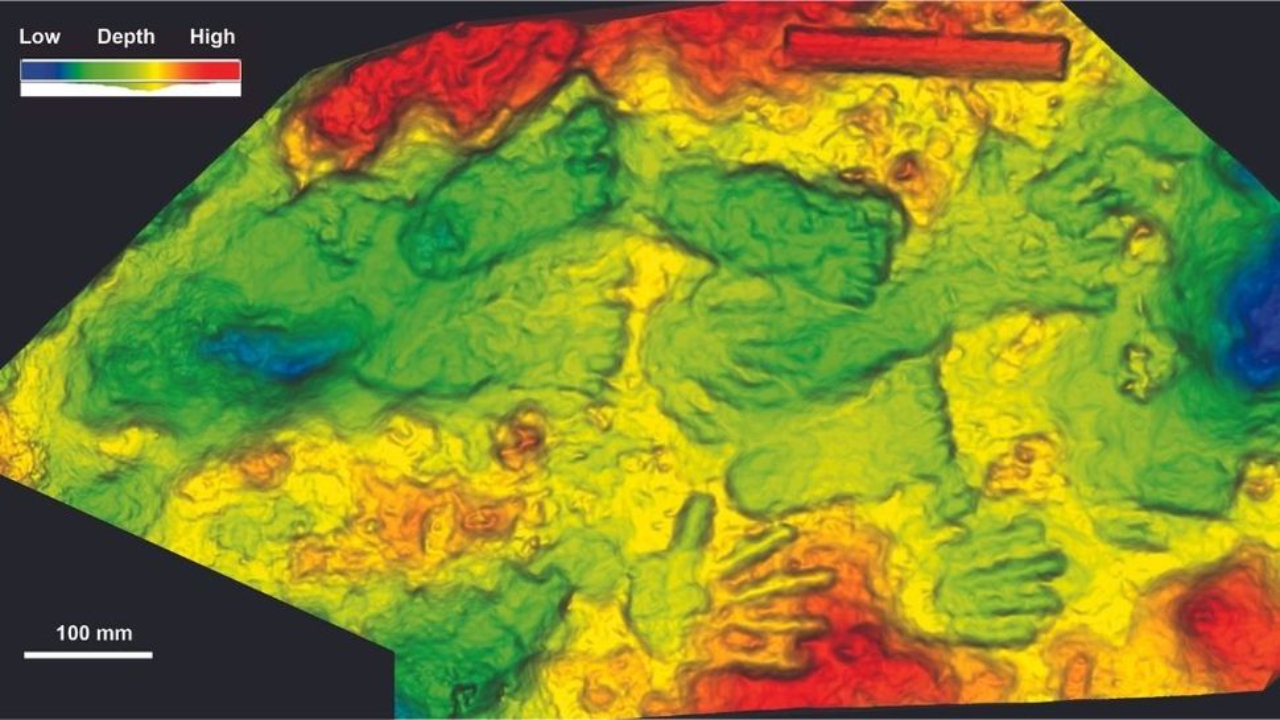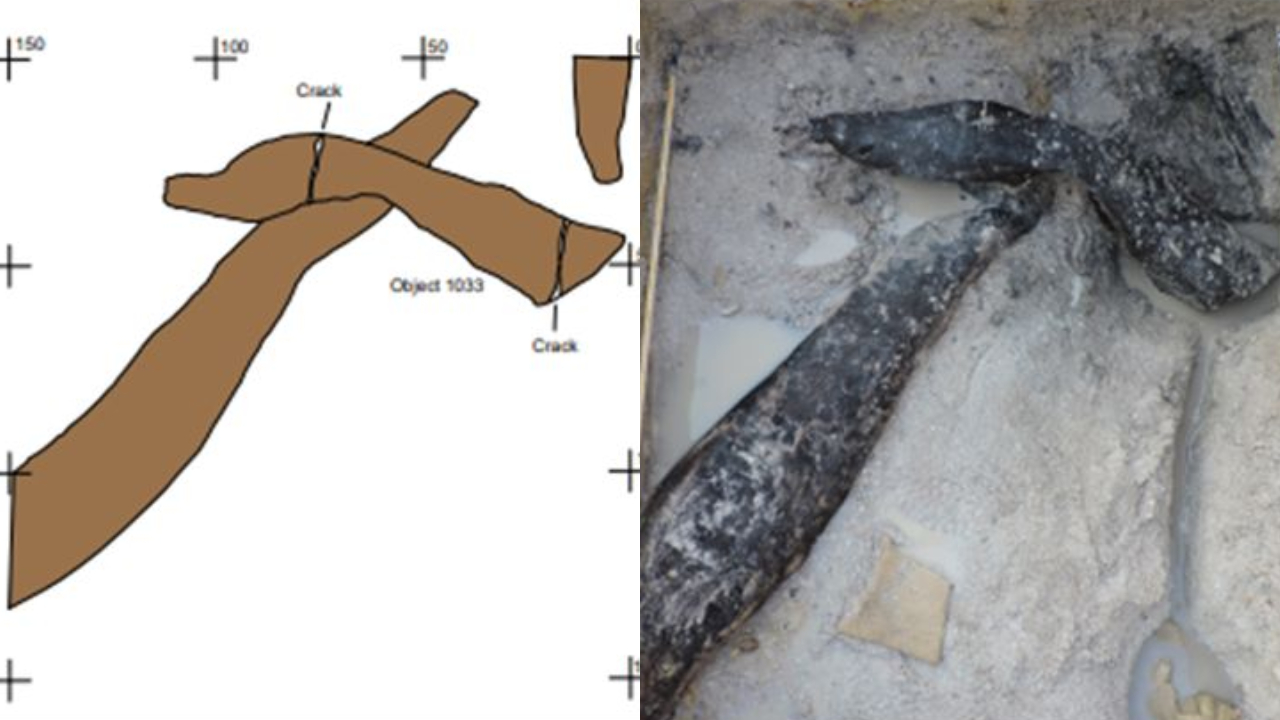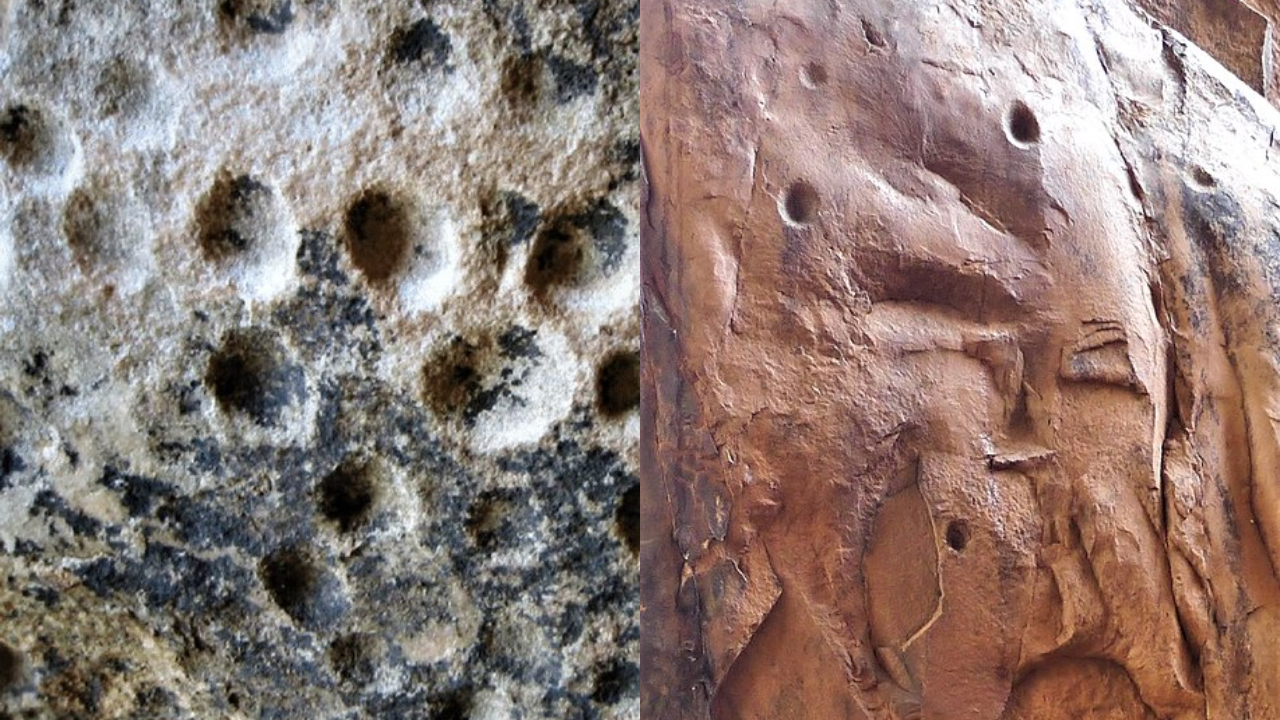
OLDEST WORKS OF ART EVER DISCOVERED?
Recently, it has been debated whether the art was practiced by hominids predating modern humans; Check out 5 works that could be the oldest in the world!
Since ancient times, humanity has believed that what differentiates our existence from that of other animals is not only our higher rational capacity, but also our potential to create art. However, this view of art may fall — and what's more: art may even be older than us.
This is because recent evidence in archaeological circles raises the debate that other hominids, such as Neanderthals, would have produced their own forms of art.
However, many of them were lost over time, making it impossible to estimate exactly when the first ones appeared. At the same time, without knowing the purpose of the 'author' it is impossible to determine whether or not it is an artistic work.
Still, there are archaeological finds that could be considered art, if more is revealed about how they occurred, the context and intention behind them. Check out what could be the 5 oldest works of art ever found around the world:
1. Handprints

Around a hot spring in Tibet, a set of fossil prints of children's hands was discovered in 2021, which may date back to approximately 200,000 years ago. According to a study published in the journal Science Bulletin, these may be some of the oldest arts ever found in the world.
The hand "footprints" were made in a travertine stone, located close to the spring, which becomes soft when wet, and hard when dry. However, it is still debated whether engravings can actually constitute art, or whether they were made occasionally and unintentionally, and even whether they are as old as claimed.
2. Wooden Structure

As already mentioned, what would motivate the small number of works of art prior to Homo Sapiens is that they may have simply been lost over time. This is because, before cave paintings were faithful representations of animals, or even before the dominance of metal tools occurred, Neanderthals and other hominids used mainly to use wood when making objects, a material that easily decomposes over time. .
However, in September 2023, archaeologists found the remains of a wooden structure in Zambia dating back to 476,000 years ago. The material, in this case, was preserved in clay, and reveals a skillful use of wood by archaic hominids, according to Live Science.
3. Engraved shell

On the island of Java, in Indonesia, in 2014, an ancient shell was discovered that had an intriguing detail: an engraved zigzag.
According to Derek Hodgson, an archaeologist and specialist in prehistoric rock art who worked at the University of York, in England, the engraving would have been made by Homo erectus, around 540,000 years ago.
However, the exact intention behind the carved pattern is not known. Furthermore, archaeologists note that similar engravings have been found even in more recent sites and from several different places.
4. Small openings

Small openings in rocks have been found on different continents, produced by various cultures. It is still debated among the archaeological community whether these domes can represent pits, wells or even cups, and even whether, in fact, they represent something and whether or not they can be considered art.
However, if new studies show that they are, in fact, artistic objects, the age of these domes may surprise. This is because, according to an article published in 2008 in Rock Art Research, by Robert G. Bednarik — from Hebei Normal University, located in Shijiazhuang, China —, the oldest of them may be up to 1.7 million years old.
5. Stone spheres

Although the age of the small openings is impressive, they would not be the only oldest works of art ever produced. This is because soft rock spheroids have already been found throughout Africa, Asia and Europe.
The size draws attention: it is close to a baseball and dates back 1.4 million years. However, once again, it is not known exactly what its purpose would be.
Some archaeologists, skeptical that they are artistic objects, believe that they served as tools, possibly hammers for rock chipping work.
However, more recent studies suggest that the hominids who produced them tried to impose "symmetry" on the balls - in the same way as they did with some hand axes, which may suggest that it was art. The debate, however, remains.

- April 14, 2025
Art, Culture, and Technologies for Peace

- April 14, 2025
Cuartel del Arte Exhibits “Graphic Paths”


- April 14, 2025
Gallery Of Illustration By daria filippova - Ukraine

- April 14, 2025
Gallery Of Humor Drawing By Fahd Bahady - Syria



- April 13, 2025
From Digital Art to Contemporary Art

- April 13, 2025
The Expansion of Photography

- April 13, 2025
From Digital Art to Contemporary Art

- April 13, 2025
The Expansion of Photography

- April 12, 2025
When is photography considered art?

- April 10, 2025
Impact of AI on the Diversity of Artist…

- April 10, 2025
How can AI enhance artistic creativity?

- April 09, 2025
The Impact of Artificial Intelligence o…

- April 08, 2025
Latin American art, a goldmine of oppor…

- April 07, 2025
Contemporary Art in Brazil: Between the…

- April 07, 2025
Mexican Muralism: Art for the People

- April 06, 2025
History of graphic art in Brazil

- April 05, 2025
Modern Art: A Renaissance in Art History

- April 02, 2025
Aldo Estrada (Ilustronauta): From Peruv…

- March 31, 2025
How ChatGPT is Turning Photos into Japa…

- March 30, 2025
Arístides Hernández (ARES): A Sharp Min…

- March 30, 2025
The Masters of Cuban Caricature: Celebr…

- March 29, 2025
Where Will Artificial Intelligence Take…

- March 27, 2025
A Few Fascinating Features of Latin Ame…

- March 27, 2025
9 Key Books to Understand Latin America…

- March 26, 2025
The Underground: A Glimpse into 1930s L…

- March 24, 2025
Odysseus and Polyphemus – 1896

- August 29, 2023
The history of Bolivian art

- February 19, 2024
Analysis and meaning of Van Gogh's Star…

- January 28, 2024
Culture and Art in Argentina

- September 25, 2023
What is the importance of art in human …

- September 23, 2023
What is paint?

- August 10, 2023
14 questions and answers about the art …

- August 30, 2023
First artistic manifestations

- August 23, 2023
The 11 types of art and their meanings

- March 26, 2024
The importance of technology in art1

- August 16, 2023
The 15 greatest painters in art history

- April 06, 2024
History of visual arts in Ecuador

- September 23, 2023
History of painting

- March 26, 2024
Cultural identity and its impact on art…

- January 31, 2024
Examples of Street Art – Urban Art

- January 20, 2024
What is the relationship between art an…

- August 25, 2024
A Comprehensive Analysis of the Cartoon…

- April 07, 2024
Graffiti in Latin American culture

- September 23, 2023
Painting characteristics

- October 21, 2023
Contemporary art after the Second World…

- September 09, 2024
Origin of modernism and historical cont…

- February 19, 2024
Analysis and meaning of Van Gogh's Star…

- August 13, 2023
9 Latino painters and their great contr…

- August 29, 2023
The history of Bolivian art

- August 10, 2023
14 questions and answers about the art …

- January 28, 2024
Culture and Art in Argentina

- August 23, 2023
The 11 types of art and their meanings

- November 06, 2023
5 Latin American artists and their works

- September 23, 2023
Painting characteristics

- August 27, 2023
15 main works of Van Gogh

- September 23, 2023
What is paint?

- September 25, 2023
What is the importance of art in human …

- August 30, 2023
First artistic manifestations

- January 20, 2024
What is the relationship between art an…

- January 12, 2024
10 most beautiful statues and sculpture…

- December 18, 2023
10 iconic works by Oscar Niemeyer, geni…

- October 30, 2023
Characteristics of Contemporary Art

- March 26, 2024
Cultural identity and its impact on art…

- August 22, 2023
What are Plastic Arts?

- April 16, 2024
The most important painters of Latin Am…

- October 11, 2023


